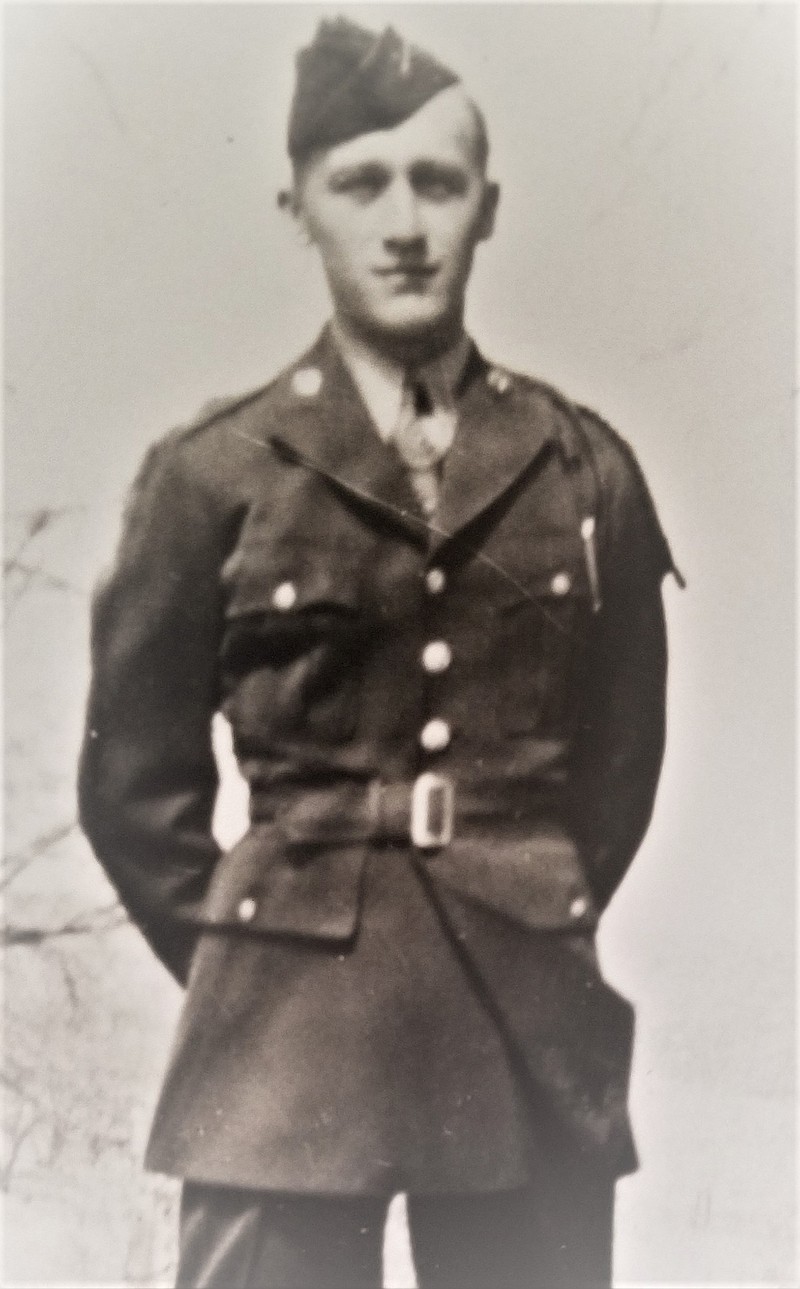Harold Westhues does not hesitate in acknowledging the early lessons in hard work he accrued while growing up on a farm near the small town of Glasgow. These experiences, he asserts, were a driving force behind his resolve to work his way through college and were later supplemented by the invaluable training and education he received while serving with the U.S. Army during the Korean War.
"While I was attending the University of Missouri (in the early 1950s), the Korean War was going on, and I realized that I might be drafted - some of my friends had already been drafted," Westhues said. "Because of this, I decided to complete the ROTC (Reserve Officer Training Corps) program and get my commission as an officer."
Graduating with his bachelor's degree in finance and marketing in 1953, he was commissioned a second lieutenant in the U.S. Army and, in August the same year, was sent to Fort Sill, Oklahoma, for artillery school. He remained there for nearly 16 weeks, receiving instruction in battle planning and the operation of the 105mm howitzers.
"They taught us all aspects of the howitzers, including how to serve as a forward observer and calling in artillery on defined targets," Westhues said. "When we graduated training, they lined us up and told us where our duty assignment would be; half were going to Europe and the rest to Korea.
"When they announced my name, it was for Korea."
Following a few days of leave back home in Glasgow, Westhues traveled to California and boarded a plane to travel to his overseas assignment. They made brief stops in Honolulu and Wake Island before finally arriving in Yokohama, Japan. From there, the group rode a bus to a military base in Tokyo, where they received a week of indoctrination training to prepare them for their approaching duties.
Japanese trains then transported Westhues and a group of his fellow soldiers to the port in Sasabo, Japan, stopping briefly in Hiroshima so they could witness the devastation from the atomic bombings a few years earlier. They then boarded a transport and sailed to Pusan, Korea.
It would take another locomotive ride followed by a trip in the back of a military truck before Lt. Westhues finally arrived for duty with his new unit - C Battery of the 555th Field Artillery Battalion - in late December 1953.
The armistice resulting in the cessation of hostilities in the Korean War had been signed a few months earlier. At the time of his arrival, Westhues' battery was in reserve but continued to undergo a comprehensive regimen of training to ensure they were "prepared to fight in case combat broke out once again," Westhues said.
Shortly before the armistice in July 1953, an estimated 70,000 Chinese soldiers attacked the sector the 555th Field Artillery helped to defend and the artillerymen were simply overwhelmed by sheer numbers. When the battle came to a close days later, the battery had incurred 58 casualties either killed or captured.
"One of my earliest duties was to teach classes to these soldiers - these heroes - who had been completely overrun during some of the most intense fighting of the war," he said. "I learned by working with these men listening when they wanted to talk, and I grew as an officer rather quickly because of it."
The "Triple Nickel," which the 555th was nicknamed, later moved under the centralized command structure of the 3rd Infantry Division. Under this new configuration, they provided light artillery support alongside the Greek Expeditionary Forces, the latter of whom fulfilled the role of infantry.
"We were moved to a location in the Ch'orwon Valley and set up in old artillery positions there," Westhues said. "I was a forward observer with a team of three other soldiers - a Jeep driver, a sergeant and a corporal." He added, "My job was to coordinate with the Greek infantry and identify reference points in the valley in case we had to call in artillery strikes on enemy targets."
Westhues continued, "The Chinese forces were out in front of our positions and had us outnumbered five to one. Part of our responsibilities were to detect and monitor any enemy troop movements and also to continue our training to maintain our skills."
In December 1954, Westhues' overseas assignment ended and he was sent to Fort Lewis, Washington, where he remained for the next several months to help stand up a new division for service in Alaska. The young officer received his discharge as a first lieutenant in May 1955.
After returning home, the veteran was employed by Glasgow Savings Bank for eight years before moving to Jefferson City in 1967, spending the next 41 years in service as president of Jefferson Bank of Missouri. He married Donna in 1970, and the couple raised two sons, Rick and Dan.
When speaking of his military experience from decades past, Westhues sagely explained it was a period of valuable lessons with enduring relevance during his career in the banking industry.
"In my situation, I knew that failure was not an option. I took my commission (as an officer) seriously and I learned a lot about how to administer and run an operation and how to make sound decisions using good judgment."
Reflecting on the soldiers with whom he served, he added, "I was proud of them - they were all great men. They made me a better person and even under the harshest of conditions, they found a little humor in their circumstances and managed to make the situation better."
Jeremy P. Amick writes on behalf of the Silver Star Families of America.

